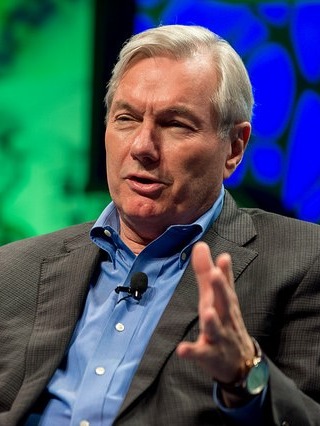Michael OsterholmNobel Conference 57

How are we working to prevent future pandemics? The COVID-19 pandemic forces this question to the forefront. How do the tools of big data and machine learning help us to do so? And can these tools be deployed to mitigate the disastrous effects of large-scale health crises? What is their appropriate role? Where are they overpromising?
In 2006, Michael Osterholm participated in Nobel Conference 42, “Medicine: Prescription for the Future.” His talk, entitled “A Modern World and Infectious Diseases: A Collision Course,” summarized a just-released WHO report outlining the likelihood of another influenza pandemic. Osterholm listed the worldwide consequences, should such a pandemic materialize: extreme shortages of medical supplies, global economic and social disruption, no available vaccine or treatment. The disease would come in waves and would result in millions of deaths. The US, he noted, was woefully unprepared for what was to come. Listening to Osterholm’s talk today, one can be mistaken for taking it as a report of what actually did unfold. (How) can big data reduce the chances of another COVID-19 pandemic?
Mike Osterholm has been studying infectious diseases and their impacts on communities for his entire career. A Regents Professor and McKnight Presidential Endowed Chair in Public Health, and Director, Center for Infectious Disease Research and Policy at the University of Minnesota, he also serves as faculty member in the school of public health, the college of science and engineering, and the medical school. He is a member of the National Academy of Medicine and the Council on Foreign Relations. Most recently, he served on transitional COVID-19 Advisory Board under President Joe Biden. He has advised organizations at the state, national and international level, including the World Health Organization, the NIH, the Food and Drug Administration, the Department of Defense, and the CDC. He holds a PhD in environmental health and an MPH in epidemiology, both from the University of Minnesota.